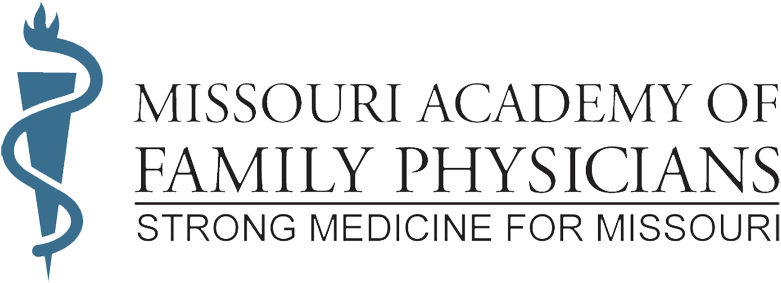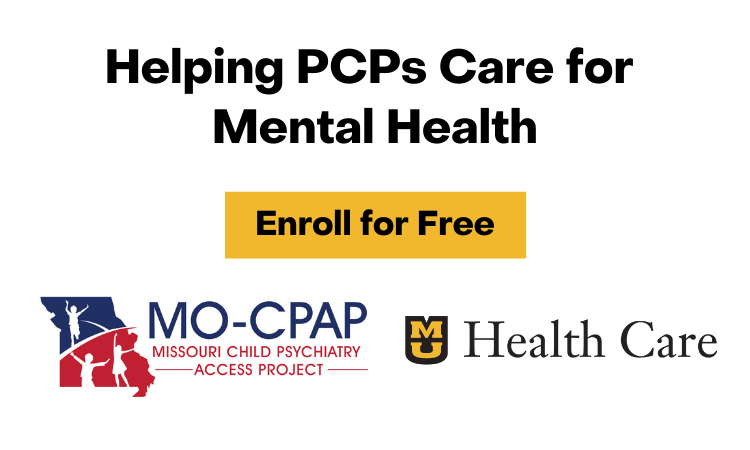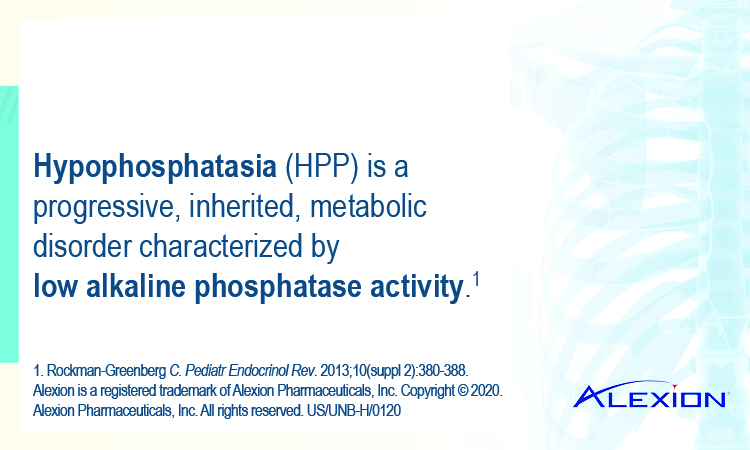The CDC-Kaiser Permanente Adverse Childhood Experiences (ACE) Study is an investigation of childhood abuse and neglect and household challenges and later-life health and well-being. The original ACE Study was conducted at Kaiser Permanente from 1995 to 1997. Over 17,000 Health Maintenance Organization members receiving physical exams completed confidential surveys regarding their childhood experiences and current health status and behaviors. The study determined that ACEs are common across all populations. Almost two-thirds of study participants reported at least one ACE, and more than one in five reported three or more ACEs. Some populations are more vulnerable to experiencing ACEs because of the social and economic conditions in which they live, learn, work and play. The ACE score is the total sum of the different categories of ACEs reported by participants. Study findings show a graded dose-response relationship between ACEs and negative health and well-being outcomes. In other words, as the number of ACEs increases so does the risk for negative outcomes.
ACEs have been linked to risky health behaviors, chronic health conditions, low life potential, and early death. As the number of ACEs increases, so does the risk for these outcomes. However, the presence of ACEs does not mean that a child will automatically experience poor outcomes. Children’s positive experiences or protective factors can prevent them from experiencing adversity and can protect against many of the negative health and life outcomes even after adversity has occurred. It is important to address the conditions that put children and families at risk of ACEs to prevent them before they happen. This is where Missouri family physicians can make a difference. By screening for ACEs at annual well-child check-ups, you can identify and intervene more quickly, thus decreasing the long-term effects. Ask about physical, sexual, and emotional abuse and neglect at annual wellness visits, report the concerns and refer your patients to therapy. If you want additional information or for resources, check out the CDC’s website: https://www.cdc.gov/violenceprevention/childabuseandneglect/acestudy/index.html
About the Author
By: Kyle John, MD




